- myFICO® Forums
- FICO Scoring and Other Credit Topics
- Understanding FICO® Scoring
- Re: formula for calculating how high my balances c...
- Subscribe to RSS Feed
- Mark Topic as New
- Mark Topic as Read
- Float this Topic for Current User
- Bookmark
- Subscribe
- Mute
- Printer Friendly Page
formula for calculating how high my balances can be on c cards
Is your credit card giving you the perks you want?
Browse credit cards from a variety of issuers to see if there's a better card for you.
- Mark as New
- Bookmark
- Subscribe
- Mute
- Subscribe to RSS Feed
- Permalink
- Report Inappropriate Content
formula for calculating how high my balances can be on c cards
Sorry if this is the wrong category for this question....is there a formula for determining how high my utilization can be before losing points? my overall utilization now is 9%. When i crossed from 6% to 9% i lost 6 points..not really wanting to do that again but wasnt sure if the range for the loss i already experienced is 9% to some other number. Not looking to finance anything major in the near future just want to optimize whenever possible. Any information you can provide would be greatly appreciated.
my balances now are:
amex 6% 976/15000
boa 1% 283/16500
citi 9% 656/7000
discover 13% 2084/15500
navy 12% 3131/25000
navy 0% 0/1000
merrick less than 1% 6/1200
fingerhut 0% 0/700
- Mark as New
- Bookmark
- Subscribe
- Mute
- Subscribe to RSS Feed
- Permalink
- Report Inappropriate Content
Re: formula for calculating how high my balances can be on c cards
@bloccoblu wrote:Sorry if this is the wrong category for this question....is there a formula for determining how high my utilization can be before losing points? my overall utilization now is 9%. When i crossed from 6% to 9% i lost 6 points..not really wanting to do that again but wasnt sure if the range for the loss i already experienced is 9% to some other number. Not looking to finance anything major in the near future just want to optimize whenever possible. Any information you can provide would be greatly appreciated.
my balances now are:
amex 6% 976/15000
boa 1% 283/16500
citi 9% 656/7000
discover 13% 2084/15500
navy 12% 3131/25000
navy 0% 0/1000
merrick less than 1% 6/1200
fingerhut 0% 0/700
If you go higher you will lose more points. If you go lower you'll regain points.
That's as much certainty as I can give you.

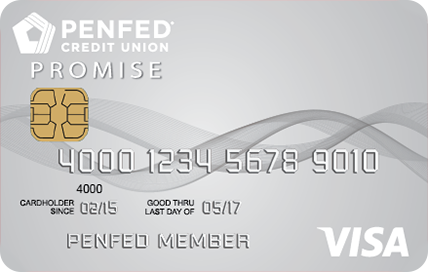

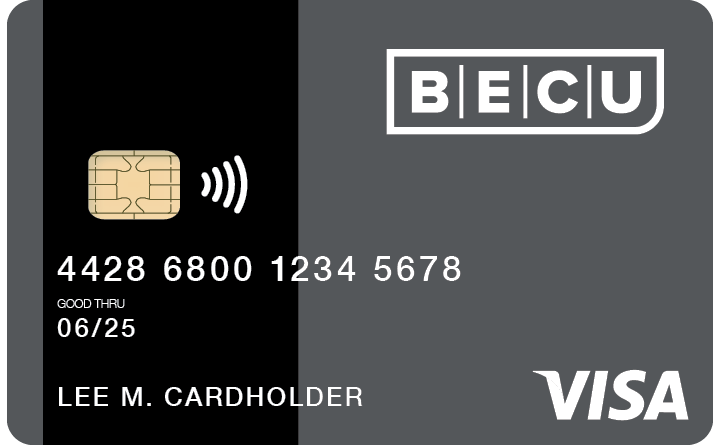







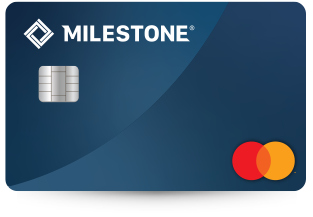








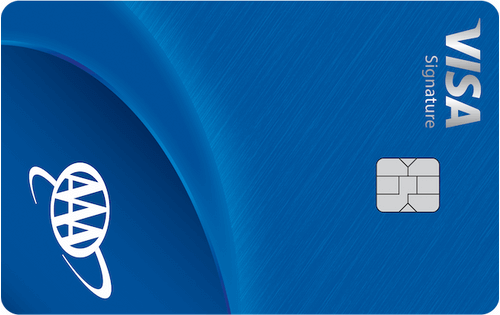

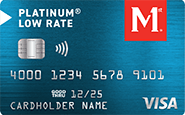
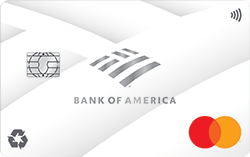


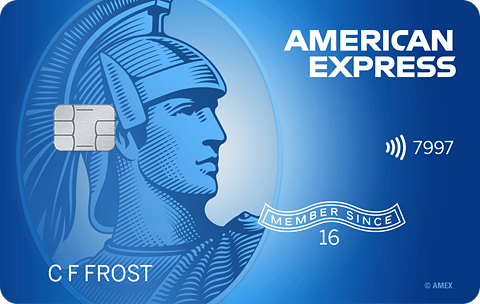




Total revolving limits 568220 (504020 reporting) FICO 8: EQ 689 TU 691 EX 682
- Mark as New
- Bookmark
- Subscribe
- Mute
- Subscribe to RSS Feed
- Permalink
- Report Inappropriate Content
Re: formula for calculating how high my balances can be on c cards
I see. I’ve seen the terms like scorecard, aggregates, and averages throughout the forum so I thought perhaps there was a percentage that I shouldn’t exceed. Thanks
- Mark as New
- Bookmark
- Subscribe
- Mute
- Subscribe to RSS Feed
- Permalink
- Report Inappropriate Content
Re: formula for calculating how high my balances can be on c cards
@bloccoblu wrote:Sorry if this is the wrong category for this question....is there a formula for determining how high my utilization can be before losing points? my overall utilization now is 9%. When i crossed from 6% to 9% i lost 6 points..not really wanting to do that again but wasnt sure if the range for the loss i already experienced is 9% to some other number. Not looking to finance anything major in the near future just want to optimize whenever possible. Any information you can provide would be greatly appreciated.
my balances now are:
amex 6% 976/15000
boa 1% 283/16500
citi 9% 656/7000
discover 13% 2084/15500
navy 12% 3131/25000
navy 0% 0/1000
merrick less than 1% 6/1200
fingerhut 0% 0/700
Is the AMEX a charge card? Excluding that would make aggregate utilization 9.21%, which is 10% for scoring purposes.
- Mark as New
- Bookmark
- Subscribe
- Mute
- Subscribe to RSS Feed
- Permalink
- Report Inappropriate Content
Re: formula for calculating how high my balances can be on c cards
No it’s a credit card. I’m trying to figure out how much of 0% interest balance I could add with promo without adversely affecting my score. Thanks for your help.
- Mark as New
- Bookmark
- Subscribe
- Mute
- Subscribe to RSS Feed
- Permalink
- Report Inappropriate Content
Re: formula for calculating how high my balances can be on c cards
@bloccoblu wrote:No it’s a credit card. I’m trying to figure out how much of 0% interest balance I could add with promo without adversely affecting my score. Thanks for your help.
Using the standard 'less than 30%' guide, you could go up to $23,751 aggregate.
But there's no guarantee you won't start losing points before that. I would expect it to be less with more total length of credit history.
- Mark as New
- Bookmark
- Subscribe
- Mute
- Subscribe to RSS Feed
- Permalink
- Report Inappropriate Content
Re: formula for calculating how high my balances can be on c cards
@bloccoblu wrote:I see. I’ve seen the terms like scorecard, aggregates, and averages throughout the forum so I thought perhaps there was a percentage that I shouldn’t exceed. Thanks
Yes there is much talk about that, but little evidence. And little certainty as to where the supposed thresholds lie.
In my case my scores are highest when my aggregate revolving utilization is at around 2% or less, and get progressively worse as the percentage increases.
With individual account utilization I can say confidently that going over 29% loses points, but with aggregate utilization I can only say that I am in good shape only when I'm at 6% or lower.
The convential crowd-based wisdom in this forum is that 9% is a major threshold in aggregate utilization, but I personally haven't found it to be any more major than 8% or 10% or 11%.































Total revolving limits 568220 (504020 reporting) FICO 8: EQ 689 TU 691 EX 682
- Mark as New
- Bookmark
- Subscribe
- Mute
- Subscribe to RSS Feed
- Permalink
- Report Inappropriate Content
Re: formula for calculating how high my balances can be on c cards
@Anonymous wrote:
@bloccoblu wrote:No it’s a credit card. I’m trying to figure out how much of 0% interest balance I could add with promo without adversely affecting my score. Thanks for your help.
Using the standard 'less than 30%' guide, you could go up to $23,751 aggregate.
But there's no guarantee you won't start losing points before that. I would expect it to be less with more total length of credit history.
With 30% aggregate utilization my score would probably be down around 70 points or so, so I would not consider that "standard".































Total revolving limits 568220 (504020 reporting) FICO 8: EQ 689 TU 691 EX 682
- Mark as New
- Bookmark
- Subscribe
- Mute
- Subscribe to RSS Feed
- Permalink
- Report Inappropriate Content
Re: formula for calculating how high my balances can be on c cards
@SouthJamaica wrote:
@Anonymous wrote:
@bloccoblu wrote:No it’s a credit card. I’m trying to figure out how much of 0% interest balance I could add with promo without adversely affecting my score. Thanks for your help.
Using the standard 'less than 30%' guide, you could go up to $23,751 aggregate.
But there's no guarantee you won't start losing points before that. I would expect it to be less with more total length of credit history.
With 30% aggregate utilization my score would probably be down around 70 points or so, so I would not consider that "standard".
The 'standard recommendation' is in virtually every article about getting a better credit score. This is just general advice.
Here's an example from a page on Experian's site, from around 6 months ago:
https://www.experian.com/blogs/ask-experian/declined-because-revolving-balances-too-high/
"Credit score experts say you should keep your utilization rate below 30 percent, and below 10 percent is even better. The lower your utilization, the better for your scores."
There are reason statments for 'Amounts owed' and 'Proportion of balances' on the Classic scores, so I wouldn't count on percentages alone being the reason for a drop in score.
- Mark as New
- Bookmark
- Subscribe
- Mute
- Subscribe to RSS Feed
- Permalink
- Report Inappropriate Content
Re: formula for calculating how high my balances can be on c cards
@SouthJamaica wrote:With 30% aggregate utilization my score would probably be down around 70 points or so, so I would not consider that "standard".
How can that be possible?! What other penalties are you receiving? With aggregate utilization in the 80s and 90s, my scores were right around your EQ score. I cannot possibly see dropping from 712 to 642 for simply hitting 30% utilization.